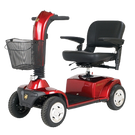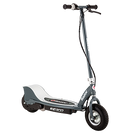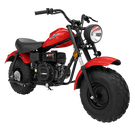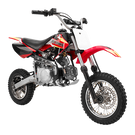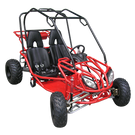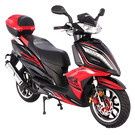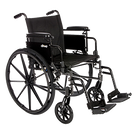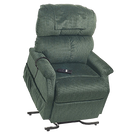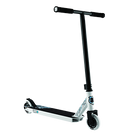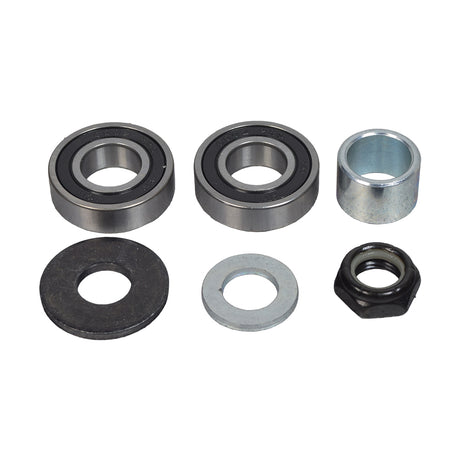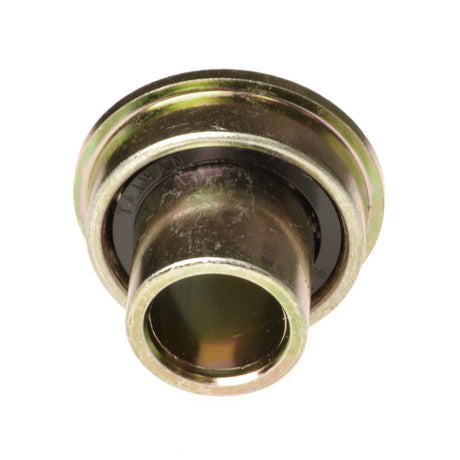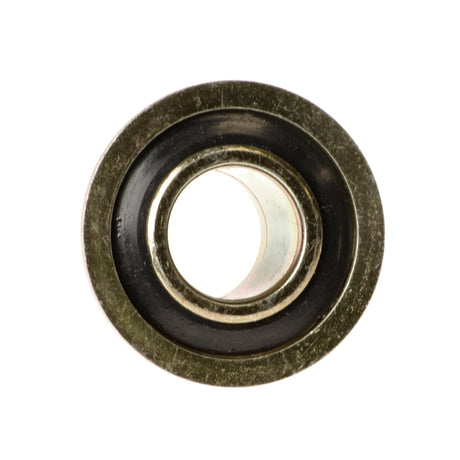Bearings
- Featured
- Best selling
- Alphabetically, A-Z
- Alphabetically, Z-A
- Price, low to high
- Price, high to low
- Date, old to new
- Date, new to old
View as
FiltersFilter & Sort
-
- Accessories
- Armrests
- Batteries
- Battery Box Assemblies
- Battery Chargers
- Bearings
- Drive Belts
- Brakes
- Circuit Breakers
- Controllers
- Footrests & Leg Rests
- Fuses & Fuse Holders for Mobility Scooters & Power Chairs
- Grips
- Hardware
- Joystick Controller Parts
- Joystick Controllers
- Keys & Key Switches
- Lifts
- Lights & Lenses
- Mirrors
- Motor Brushes
- Motors
- Rims & Hubs
- Scratch & Dent
- Seating Components
- Shrouds & Body Inserts
- Speed Potentiometers & Knobs
- Throttle Potentiometers, Levers, & Springs
- Tires
- Tire & Tube Sets
- Tools
- Tubes & Inserts for Mobility Scooters & Power Chairs
- Used Mobility Parts
- Wheel Assemblies
- Wiring Harnesses & Connectors
-
Pride Mobility
$6.99Unit price /Unavailable -
Monster Scooter Parts
Flange Bearing for Jazzy & Jet Power Chairs (BRGFLNG1008)
★★★★★(2)$19.99Unit price /Unavailable
Radial ball bearings are essential components for mobility scooters and power chairs, providing smooth wheel and caster functionality. These precision bearings come in various sizes and styles to accommodate different mobility device requirements.
Two primary bearing types dominate mobility scooter wheel components: shielded bearings (identified by ZZ or Z suffix) and sealed bearings (marked with 2RS or RS suffix). Each bearing design offers unique performance characteristics for mobility device wheels and caster assemblies.
Mobility scooter wheel bearings play a critical role in maintaining equipment performance and user mobility. Selecting the correct bearing involves understanding specific dimensional requirements and intended usage. Power chair wheel bearings must withstand consistent rotational stress while providing minimal friction and maximum durability.
When learning how to replace bearings, technicians and users should carefully match existing bearing specifications. Proper replacement involves removing old bearings, cleaning mounting surfaces, and installing new components with precise alignment. Specialized tools and careful technique ensure optimal wheel performance and safety.
Replacement bearings range from standard sizes used in lightweight mobility scooters to robust designs required for heavy-duty power chairs. Diameter, inner race width, and load-bearing capacity are crucial selection criteria for maintaining wheelchair and scooter mobility.
Compatibility across different mobility device models demands a comprehensive understanding of bearing specifications. Professionals and individual users alike require accurate measurements and technical knowledge to select appropriate replacement components.
Two primary bearing types dominate mobility scooter wheel components: shielded bearings (identified by ZZ or Z suffix) and sealed bearings (marked with 2RS or RS suffix). Each bearing design offers unique performance characteristics for mobility device wheels and caster assemblies.
Mobility scooter wheel bearings play a critical role in maintaining equipment performance and user mobility. Selecting the correct bearing involves understanding specific dimensional requirements and intended usage. Power chair wheel bearings must withstand consistent rotational stress while providing minimal friction and maximum durability.
When learning how to replace bearings, technicians and users should carefully match existing bearing specifications. Proper replacement involves removing old bearings, cleaning mounting surfaces, and installing new components with precise alignment. Specialized tools and careful technique ensure optimal wheel performance and safety.
Replacement bearings range from standard sizes used in lightweight mobility scooters to robust designs required for heavy-duty power chairs. Diameter, inner race width, and load-bearing capacity are crucial selection criteria for maintaining wheelchair and scooter mobility.
Compatibility across different mobility device models demands a comprehensive understanding of bearing specifications. Professionals and individual users alike require accurate measurements and technical knowledge to select appropriate replacement components.

